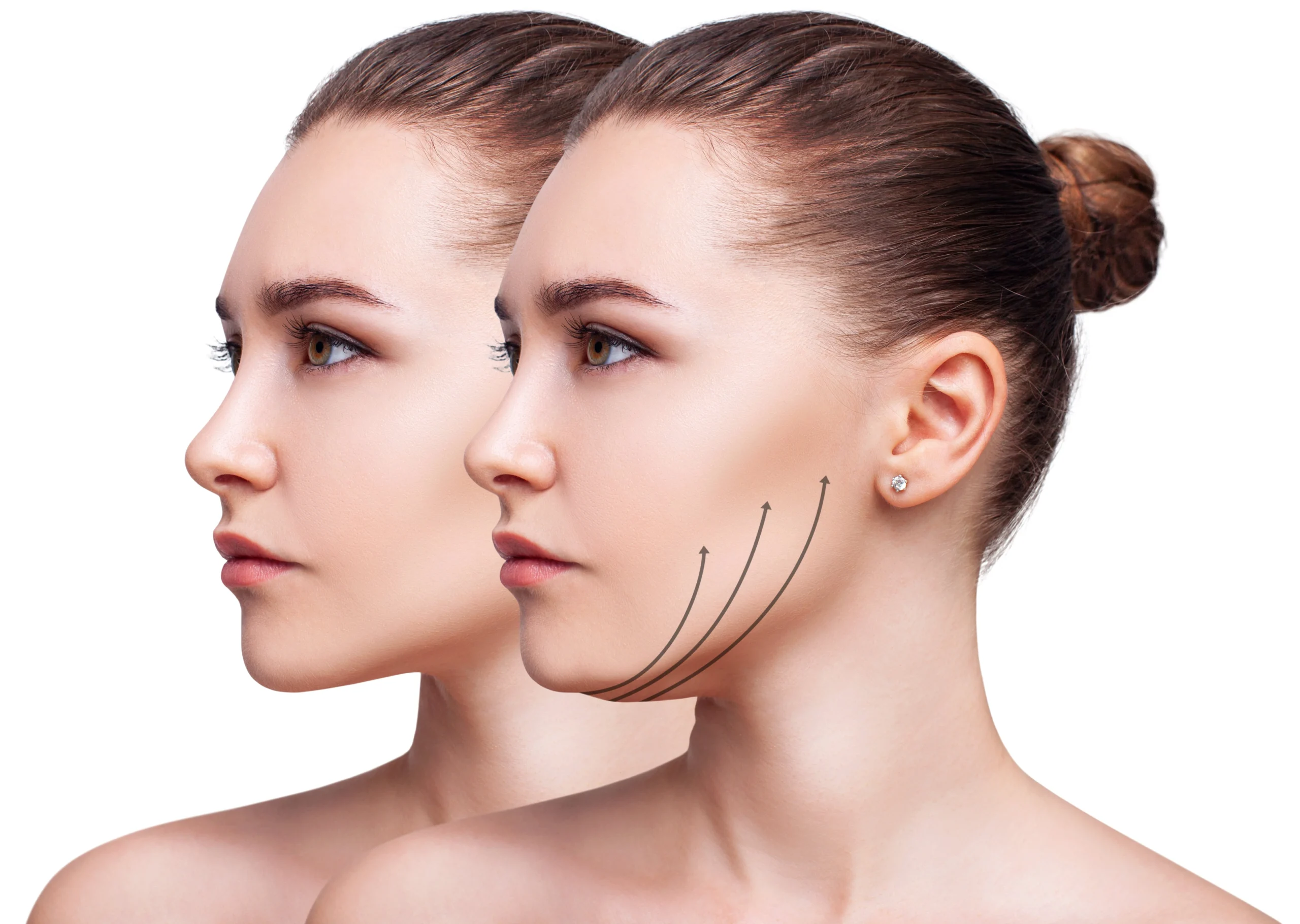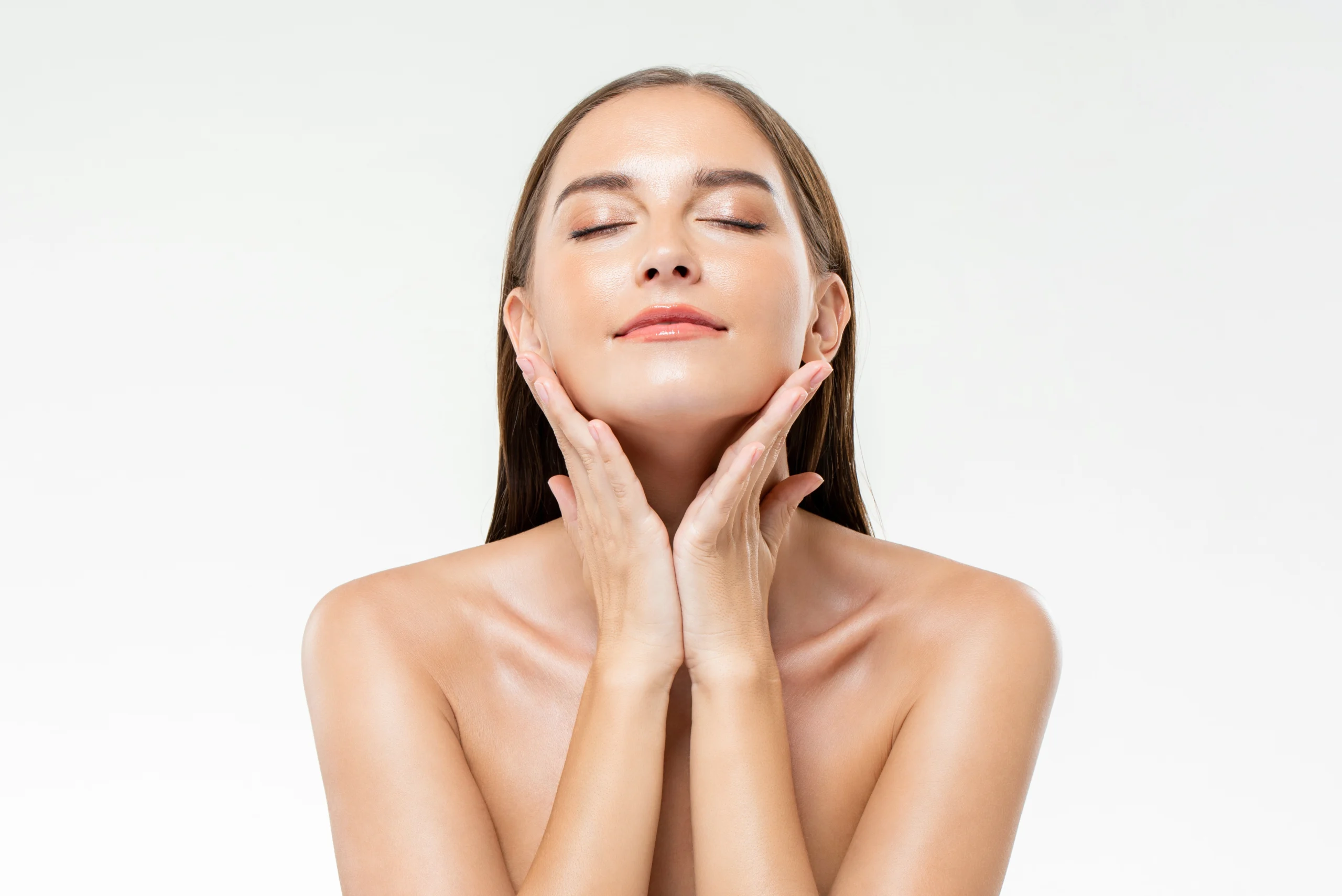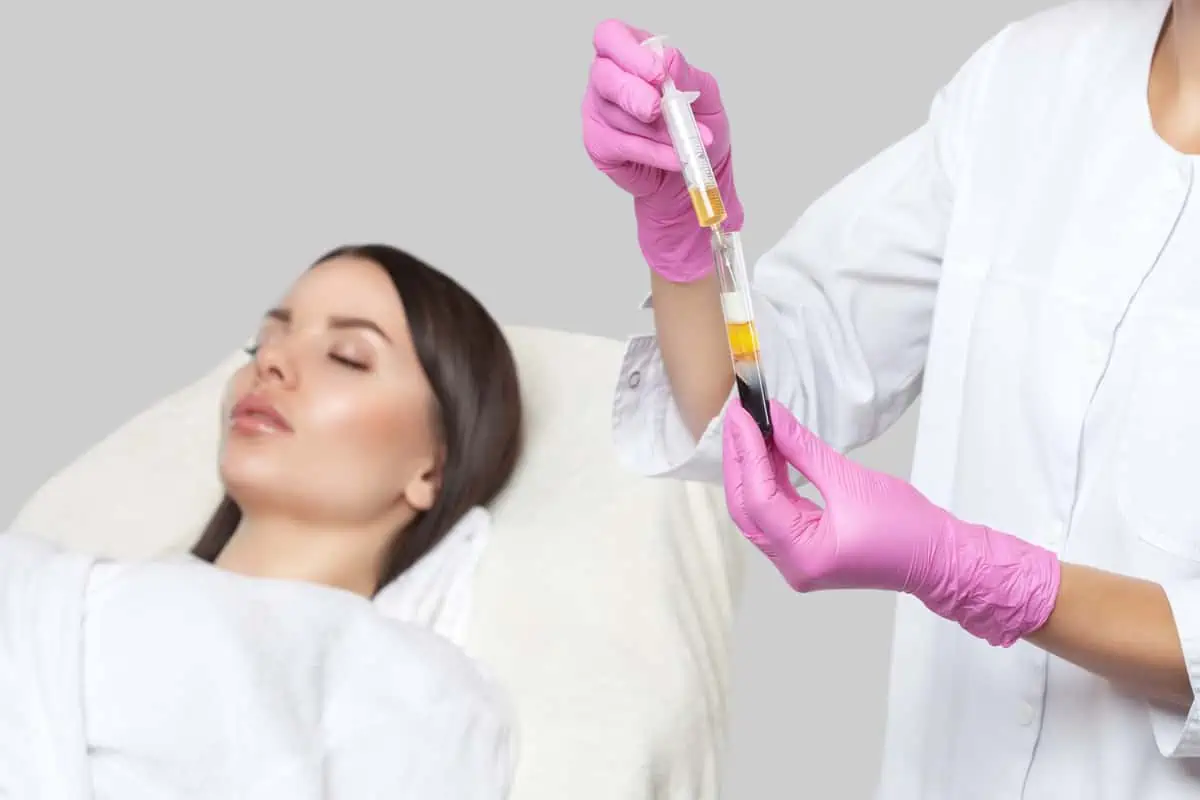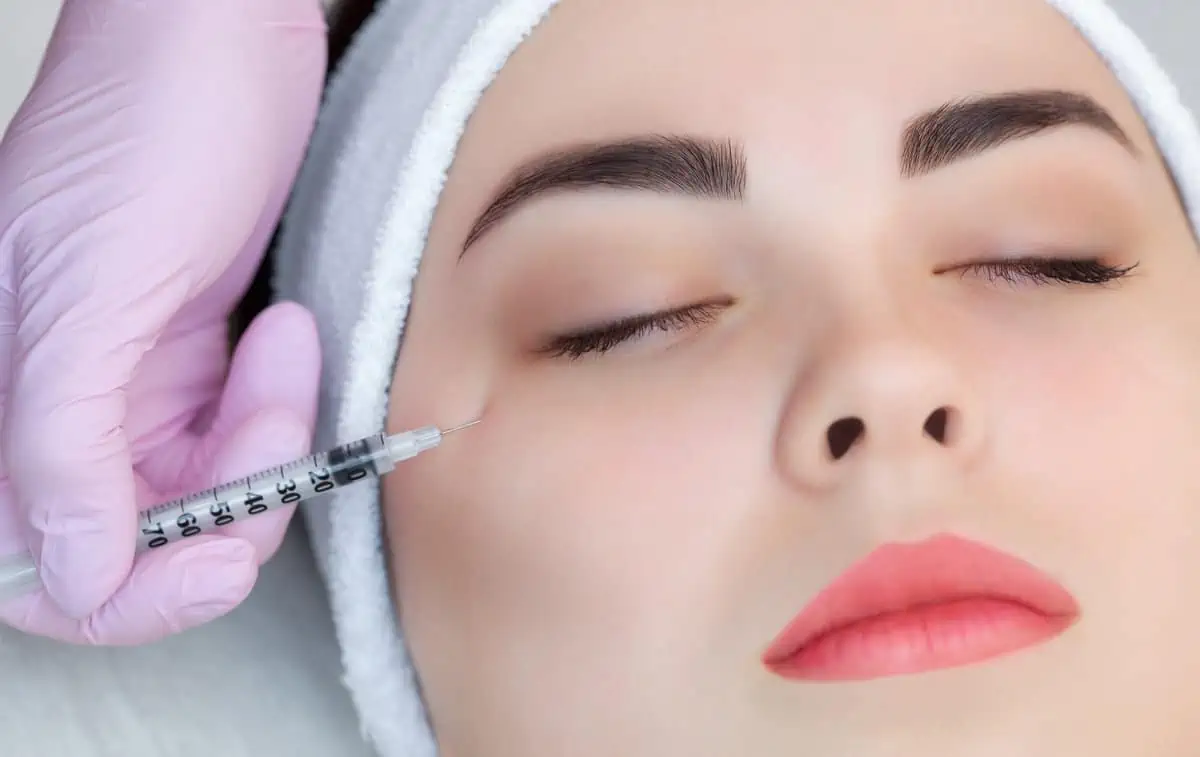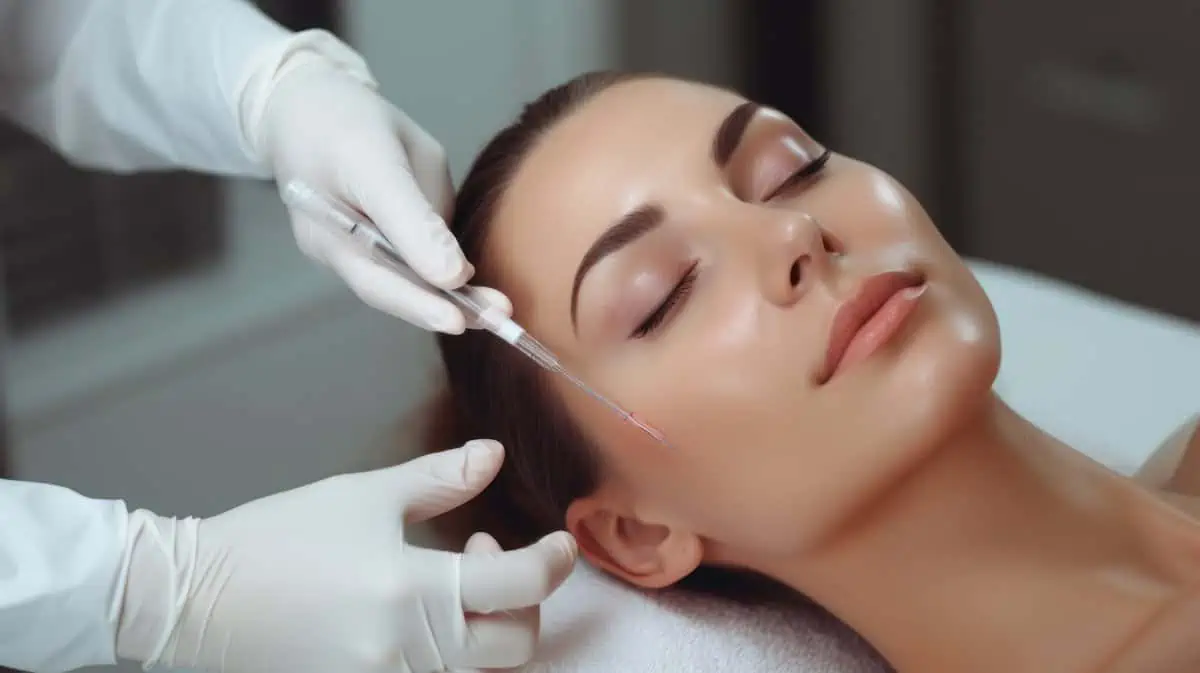The desire for a youthful and radiant glow is everywhere in today’s fast-paced world, where stress and environmental factors constantly challenge our skin. Amidst a sea of products and procedures claiming to turn back time, grasping the true essence and science of facial rejuvenation is crucial. Through a thorough understanding, one can genuinely value and tap into the delicate fusion of art and scientific breakthroughs that define realistic facial revitalization.
The Canvas: Our Skin’s Structure and Function
At the heart of facial rejuvenation lies a deep understanding of the skin’s structure. The skin acts as a barrier against the environment, controls body temperature, and transmits sensory information.
It comprises three basic layers: the epidermis, dermis, and hypodermis. This complex structure may become worn out over time as a result of things like age, pollution, and sun exposure.
The Art: Aesthetic Principles of Facial Rejuvenation
Facial rejuvenation is as much an art as it is a science. Beyond the tools and techniques lies a world of aesthetic principles that guide practitioners in crafting the most natural and harmonious results. Let’s explore some of these guiding principles:
- Balance and Symmetry: At the core of beauty lies a sense of balance. Achieving a harmonious balance is crucial, whether it’s the proportion between the nose, lips, and eyes or the symmetry from one side of the face to the other. Perfect symmetry might not be attainable or even desirable, but striking a balance can lead to a pleasing appearance.
- Proportions: The ‘Golden Ratio’, a mathematical ratio observed in nature and frequently connected to beauty, was first proposed by the ancient Greeks. When applied to the face, it pertains to the ideal proportional relation between different facial features like the eyes, nose, and lips.
- Volume Restoration: Aging often leads to losing volume, especially in areas like the cheeks, lips, and under the eyes. Restoring this volume, but not overdoing it, is a delicate art, aiming for a refreshed look without appearing “done.”
- Contours and Definition: A youthful face is characterized by well-defined contours. Be it the jawline, cheekbones, or the bridge of the nose, enhancing these contours can add a touch of youthful vitality to the face.
- Texture and Tone: While the structure is essential, the skin’s surface is equally vital. Achieving a smooth texture and even tone, free from blemishes, scars, or pigmentation, can illuminate the face, lending it a radiant glow.
- Maintaining Character: A fundamental facial rejuvenation principle is enhancing and restoring rather than changing. It’s crucial to maintain the unique features that give character to an individual’s face rather than creating a standardized look.
- Subtlety: The most successful rejuvenation procedures are those that go unnoticed. The goal is often to achieve subtle enhancements where the individual looks refreshed as if they’ve had a good night’s sleep or returned from vacation, rather than appearing as if they’ve had ‘work done.’
The art of facial rejuvenation is deeply intertwined with these aesthetic principles. Combined with the scientific techniques available, they pave the way for results that not only rejuvenate but also resonate with each individual’s inherent beauty and character.
The Science: Modern Rejuvenation Techniques
Science and technology have brought forth a plethora of innovative treatments:
- Botox and Fillers: Injections that smooth wrinkles and restore volume. While Botox relaxes the muscles, causing wrinkles, fillers like Juvederm or Restylane fill in lines or plump up areas like the lips.
- Chemical Peels: The process involves the application of a chemical solution, which can cause the skin to exfoliate and eventually peel off, revealing skin that is smoother and less wrinkled.
- Laser Treatments: These use concentrated beams of light to tackle various skin issues. For instance, fractional laser treatments target aging and sun-damaged skin, while IPL (intense pulsed light) addresses blemishes or uneven skin tone.
- Microneedling: A procedure using tiny needles to create controlled injuries on the skin, promoting collagen production and skin rejuvenation.
- Radiofrequency Treatments: Devices that emit radiofrequency waves deep into the skin, promoting collagen production and tighter skin.
- Ultrasound Therapy: Uses sound waves to lift and tighten the skin. Ultherapy is a popular example.
- PRP (Platelet-Rich Plasma): Often referred to as the “vampire facial,” it involves drawing a person’s blood, processing it, and re-injecting it to stimulate collagen production.
- Cryotherapy: Uses extreme cold to treat damaged tissue, increase blood circulation, and improve skin health.
- HydraFacial: A multi-step treatment that cleanses, exfoliates, extracts, and treats the skin with serums.
- Dermabrasion: This is a process in which a dermatologist uses a specialized tool to sand the skin to remove the damaged skin and replace it with a smoother skin layer.
- LED Light Therapy: Uses varying light wavelengths to treat skin issues like wrinkles, inflammation, or acne.
Understanding the science behind these techniques ensures patients make informed decisions tailored to their skin needs and desired results. For guidance on the best course of action for particular skin types and concerns, always seek the advice of a qualified professional.
Safety and Considerations
Prioritizing safety is important when considering facial rejuvenation procedures. First and foremost, always ensure that you are seeking treatment from a licensed and experienced practitioner who is knowledgeable in both the art and science of the chosen procedure. This professional background minimizes the risk of complications and ensures the use of sterile equipment and high-quality products.
Understanding the potential risks and side effects is essential. Common side effects, like temporary redness, swelling, or bruising, are typical for many facial treatments, but it’s crucial to be informed about more severe, though rarer, complications specific to the procedure you’re considering. Always have an open conversation with your practitioner about these risks, as well as any medications or conditions that might affect your treatment.
Lastly, post-procedure care is a significant consideration. The aftercare process can vary depending on the treatment, but adhering to instructions can enhance the results and prevent complications. This might include avoiding sun exposure, refraining from certain activities, or using specific products. Always keep in mind that facial rejuvenation is a partnership between the patient and the practitioner – both parties must work together to achieve the best and safest results.
Final Thoughts
Facial rejuvenation is an exquisite blend of art and science, promising to elevate your glow and boost confidence. At Skinlogicx Med Aesthetics, we blend the art and science of facial rejuvenation, offering treatments that emphasize your natural beauty while harnessing the latest advancements in the field. Count on our experience to expertly blend cutting-edge techniques with aesthetic concepts, revealing a renewed and radiant you!
